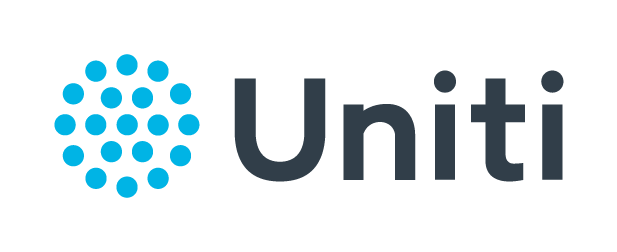To find the right ISP, ask the right questions.
More students than ever have access to broadband networks through their schools. But this year, as many as 4,300 districts nationwide have internet service contracts that will expire.
If you’re among them – or looking to connect your school to a more business-grade fiber network for the first time – you finally have the opportunity to bring your school district in line with the speed, security, and reliability standards of today’s world.
That is, if you choose correctly. Understanding the differences in your fiber network options is easier said than done.
Here’s why: Choosing a network vendor is a complicated process involving competitive bidding, marketing buzzwords, fine print, multiple stakeholders, understanding your needs today – and prognosticating your district’s future needs.
Regardless of your role in the decision-making process – whether you’re a board member or a CIO – here are some key mistakes you can help your district avoid when choosing a network provider.
Mistake 1: Skipping Scalability Questions
One of the primary challenges K-12 CIOs must faces is projecting what their scalability requirements will be in the future. More students are connecting. More devices. More high-bandwidth applications like AI. It all adds up to network strain. That means educational institutions require a robust and flexible network infrastructure that can easily facilitate the increasing bandwidth demands of technology-enabled learning environments. Decision makers who overlook scalability when evaluating network providers during the procurement process may face future network limitations leading to sluggish performance, inadequate bandwidth, and limited access to critical educational resources.
Mistake 2: Failing to Scrutinize Security
According to the Consortium for School Networking, network security is the number one challenge school IT admins face in 2023. Unfortunately, some K-12 CIOs make the mistake of prioritizing cost when selecting a network provider and shrugging off cyber threats. Schools only get support for the most basic cyber protections. According to a recent article in the education technology publication The Journal, “advanced network security functions like intrusion prevention, distributed denial of service mitigation, network access control, DNS filtering, and other common security technologies are denied E-Rate funding.” You must find a provider with advanced capabilities to address these evolving threats within their network services.
Mistake 3: Letting and SLA Go MIA
Another common issue facing K-12 CIOs is not fully comprehending the service level agreement (SLA) offered by a network provider – or ignoring it completely. An SLA outlines the terms and conditions of the services provided and the performance standards expected from the provider. Without a clear understanding of the SLA, CIOs may be dissatisfied with the quality of service, response times, or the provider’s ability to meet their institution’s specific needs. It is crucial for district stakeholders to thoroughly review and negotiate any SLA to ensure alignment with their educational objectives and expectations – and get guarantees and priorities in writing.
Mistake 4: Undervaluing High-Quality Customer Support
Not all customer service is equal. Neglecting to assess the provider’s customer service can lead to future challenges. When your network goes down, everyone from parents to superintendents will want to know a status – not that you’re waiting on hold with tech support. They want answers. That’s why you need reliable and responsive customer support from a real live human being. That level of service is vital for troubleshooting network issues, addressing concerns promptly, and minimizing disruptions to teaching and learning. CIOs should inquire about the provider’s support channels, location of call centers, response times, and overall customer satisfaction to ensure they will receive the necessary assistance when required.
Mistake 5: Failing to Do Your Homework.
Experience matters. Especially when dealing with the complexities involved in the E-Rate procurement process. So while your district may be able to find a low-cost provider to bid on your project, you’ll save yourself time and headaches by working with a provider with a better network, a better customer experience track record, and a dedicated E-Rate specialist to help you get the most from approved solutions and allow you to sail through the compliance process with ease.
Bottom Line: Dig Deep to Find a Provider That Understands Your District’s Needs
It’s a challenging time for K-12 institutions looking to keep up with the increasing bandwidth needs of faculty and students. That’s why choosing a network provider is a critical decision that requires careful consideration. By avoiding the common mistakes, K-12 districts can be sure they’re making the right decision for the long run.
Don’t accept the status quo in your network. Talk through how you can maximize your E-Rate funding with a Uniti E-Rate specialist. We have helped over 200 school districts build networks to meet their education needs.
Contact us today for a Free E-Rate Network Assessment.



